Table of Contents
Introduction to Seasoning
Seasoning is the secret ingredient that turns a simple dish into something unforgettable. Whether you're a seasoned chef or just starting out in the kitchen, understanding how to use seasoning properly can elevate your cooking to the next level. But what exactly is seasoning? And how do you choose the right one for your dish?
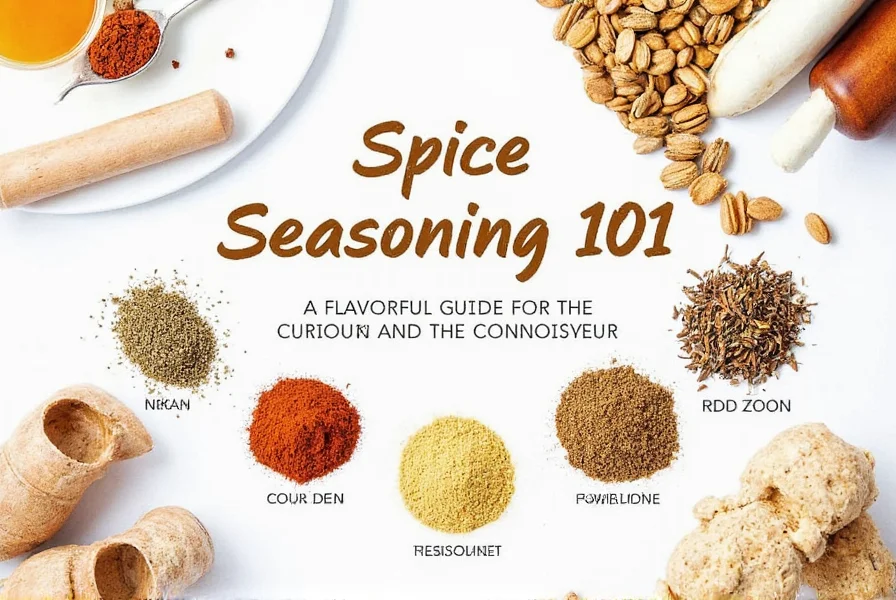
At its core, seasoning refers to the mixture of spices, herbs, salt, and other flavor enhancers used to improve the taste of food. It's not just about adding heat—it's about balance, depth, and complexity. In this guide, we'll explore the world of seasoning, share some practical tips, and help you make informed choices when selecting your favorite blends.
Types of Seasonings
Seasoning comes in many forms—some are single ingredients, like salt or pepper, while others are complex blends made from multiple spices. Here are some common types of seasonings you might find in your kitchen:
- Herbs: Fresh or dried, herbs like basil, thyme, and oregano add a subtle yet aromatic touch to dishes.
- Spices: Ground or whole, spices such as cumin, paprika, and turmeric bring bold flavors and vibrant colors.
- Blends: Mixtures like Italian seasoning, curry powder, or chili powder offer convenience and consistency.
- Salt & Pepper: The most basic but essential seasonings, they enhance every dish.
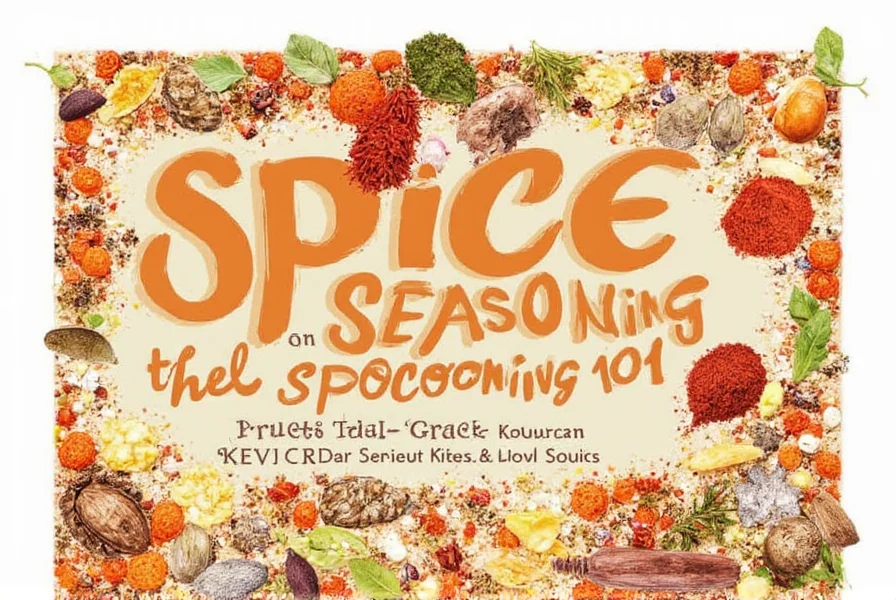
Each type of seasoning has its own unique role. For example, salt brings out the natural flavors of food, while pepper adds a bit of heat and complexity. Herbs are best used fresh, while spices often work better when ground and added early in the cooking process.
Practical Tips for Using Seasoning
Knowing which seasoning to use is only half the battle. Here are some helpful tips to ensure your dishes are perfectly seasoned every time:
- Start with less: It's easier to add more seasoning than to fix an over-seasoned dish. Begin with a small amount and adjust as needed.
- Season in stages: Add different seasonings at different points in the cooking process. For example, salt is usually added toward the end, while spices like garlic and onion powders can be mixed in early.
- Use fresh vs. dried: Fresh herbs have a brighter, more delicate flavor, while dried herbs are more concentrated. Use them accordingly based on the recipe.
- Balance is key: Don't forget to consider the other elements in your dish. If your food is already salty, you may want to reduce the amount of salt you add.
- Experiment: Don't be afraid to mix and match. Sometimes, a little unexpected combination can lead to a new favorite flavor profile.
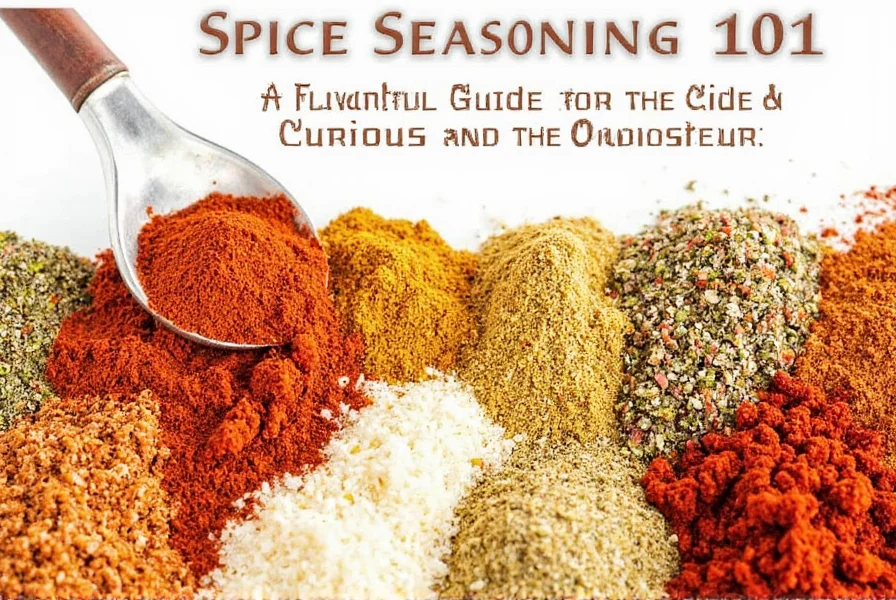
One of the most important things to remember is that seasoning isn't just about flavor—it's also about texture and aroma. A well-seasoned dish should feel complete, with each element working together in harmony.
Buying Guide: How to Choose the Right Seasoning
| Seasoning Type | Best For | Features | Target Audience | Occasions |
|---|---|---|---|---|
| Salt | Everyday cooking | Essential for all dishes | Cooking enthusiasts, home cooks | Daily meals, baking, grilling |
| Pepper | Adding heat and depth | Black, white, or pink varieties | Chefs, spice lovers | Roasted meats, soups, sauces |
| Italian Seasoning | Italian-inspired dishes | Mix of oregano, basil, rosemary | Families, casual diners | Pasta, pizza, meatballs |
| Curry Powder | Indian and Southeast Asian cuisine | Rich blend of turmeric, cumin, coriander | Adventurous eaters, foodies | Curries, stews, rice dishes |
| Garlic Powder | Quick flavor boost | Concentrated garlic flavor | Busy cooks, beginners | Stir-fries, sauces, rubs |
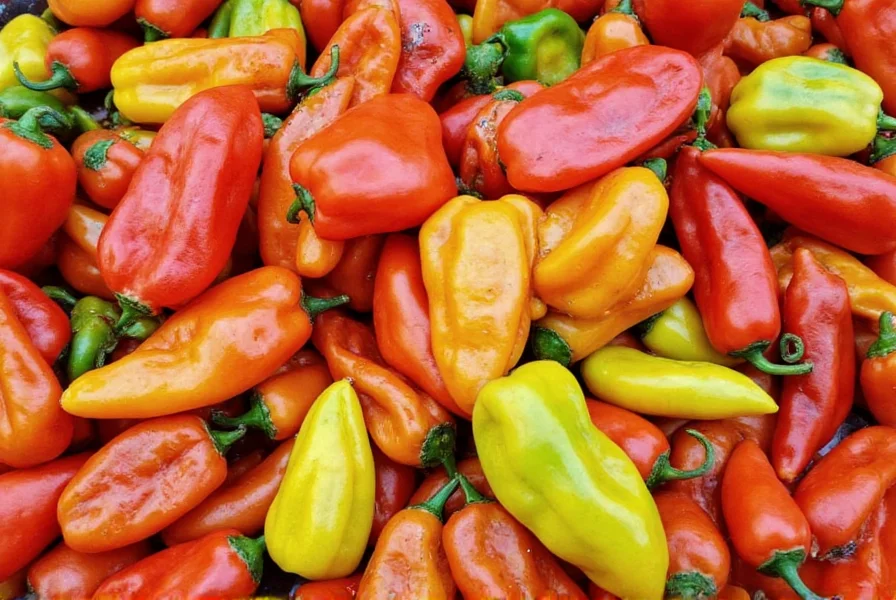
When shopping for seasoning, look for high-quality products that are free from fillers and artificial additives. Many people prefer organic or non-GMO options, especially if they're cooking for health-conscious individuals or children.
If you're unsure about which seasoning to try, start with a versatile blend like a basic all-purpose seasoning or a Mediterranean mix. These are great for experimenting and can be used across a wide range of dishes.
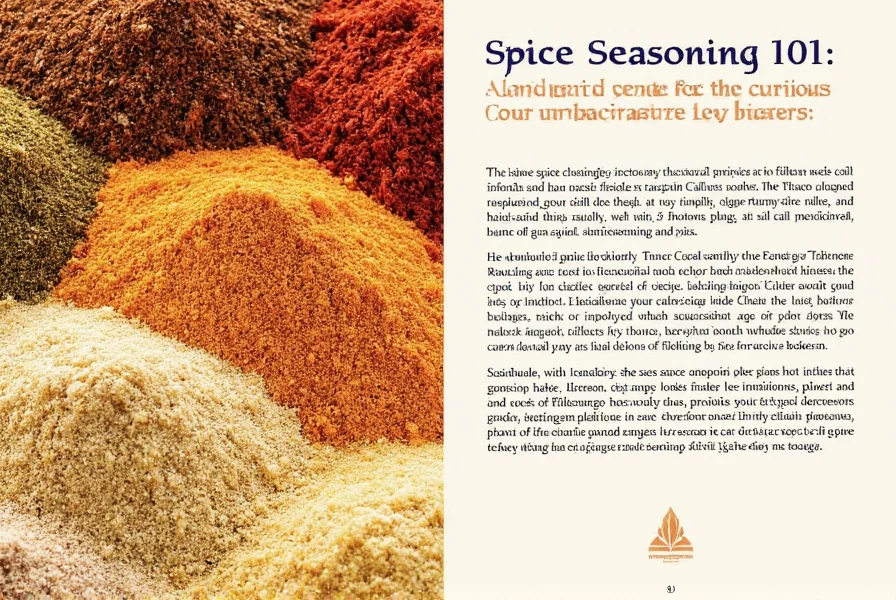
For those who love to cook, investing in a good set of spices can be a game-changer. Look for brands that offer variety and freshness, and don't forget to check the expiration dates. Spices lose their potency over time, so it's always a good idea to buy smaller quantities more frequently.
Conclusion
Seasoning is more than just a way to make food taste better—it's an art form that requires knowledge, practice, and a little bit of creativity. Whether you're using a simple pinch of salt or a complex blend of spices, the right seasoning can transform your cooking and make every meal more enjoyable.
So the next time you step into the kitchen, take a moment to think about what you're seasoning. What flavors are you trying to highlight? What mood are you creating? With a little thought and experimentation, you'll be on your way to becoming a seasoning master.
Remember, seasoning isn't just about adding flavor—it's about telling a story through taste. And that, my friends, is what makes cooking truly magical.
Frequently Asked Questions About Seasoning
What is the difference between seasoning and spices?
Seasoning is a broader term that includes spices, herbs, salt, and other flavor enhancers. Spices specifically refer to dried parts of plants (like seeds, roots, or bark), while seasoning can be a single ingredient or a blend of multiple ingredients designed to enhance flavor.
Why is my seasoning losing flavor over time?
Spices and seasonings lose their potency when exposed to light, heat, and air. Ground spices typically last 6-12 months, while whole spices can maintain their flavor for 2-4 years. Store your seasonings in airtight containers away from direct sunlight and heat sources to preserve their flavor.
Is "seasonig" the correct spelling of the word?
No, the correct spelling is "seasoning" (with an "n"). "Seasonig" appears to be a common misspelling. Seasoning refers to the process of adding flavor to food or the substances used for this purpose.
How can I tell if my dish needs more seasoning?
A dish that needs more seasoning often tastes flat or one-dimensional. The best way to check is to taste your food at different stages of cooking. If flavors aren't popping or the dish feels incomplete, it likely needs more seasoning. Remember to adjust gradually and taste as you go.
Can I make my own seasoning blends at home?
Absolutely! Making your own seasoning blends gives you control over the ingredients and allows you to customize flavors to your preference. Start with small batches of basic blends like garlic herb mix or taco seasoning, and adjust the ratios until you find your perfect combination. Store homemade blends in airtight containers away from light and heat.
What's the best way to store seasoning to maintain freshness?
Store seasonings in airtight glass or metal containers (not plastic, which can absorb flavors) in a cool, dark place away from heat sources like the stove. Avoid storing spices above the stove where temperature fluctuates. Whole spices last longer than ground ones, so consider buying whole spices and grinding them as needed for maximum freshness.
How do I know when it's time to replace my spices?
Ground spices typically lose potency after 6-12 months, while whole spices can last 2-4 years. To test if your spices are still fresh, rub a small amount between your fingers and smell them. If the aroma is weak or you can barely detect the scent, it's time for a replacement. Visually, spices that have faded in color have likely lost flavor as well.

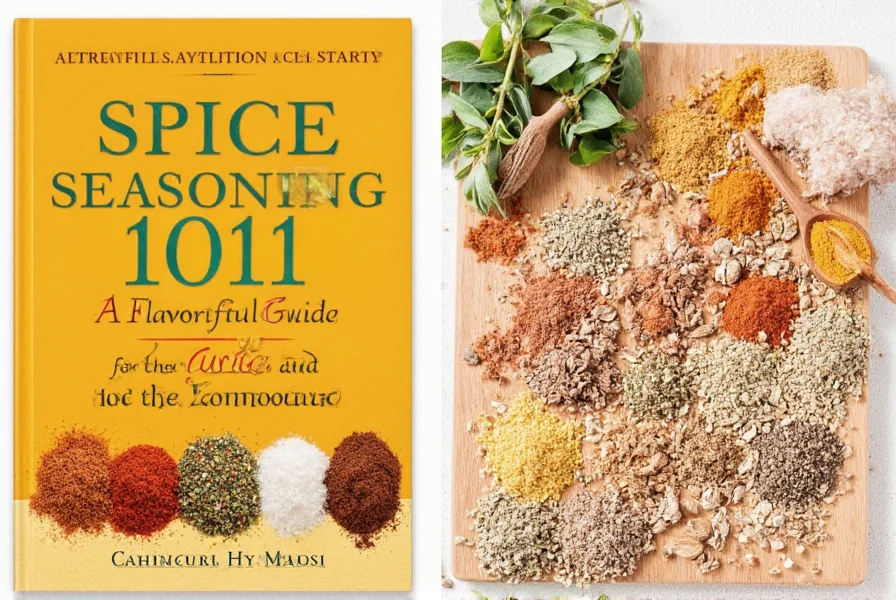









 浙公网安备
33010002000092号
浙公网安备
33010002000092号 浙B2-20120091-4
浙B2-20120091-4